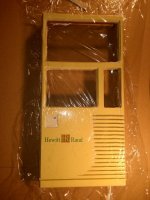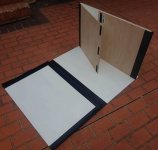How many ounce do I need? And I see there is blue or clear so which do I need? Will have to dry before I remove it? Where is the best place to buy it?
I was going to use it on my Coco2 and will the keys on the keyboard come or pop off easy?
EDIT:
Is it Hydrogen Peroxide if so what percent do I need?
I was going to use it on my Coco2 and will the keys on the keyboard come or pop off easy?
EDIT:
Is it Hydrogen Peroxide if so what percent do I need?
Last edited:






